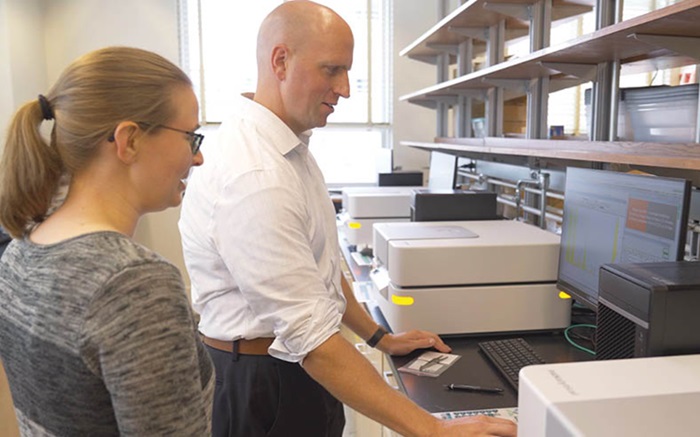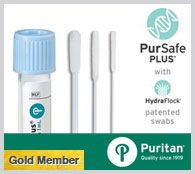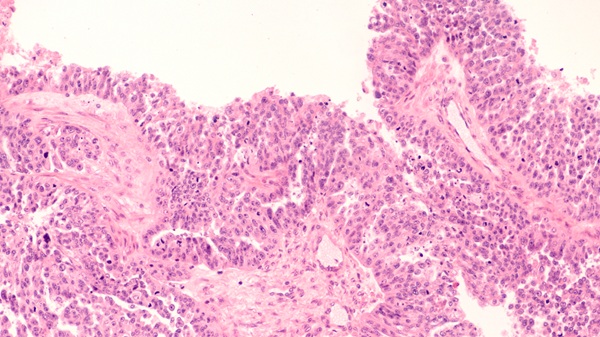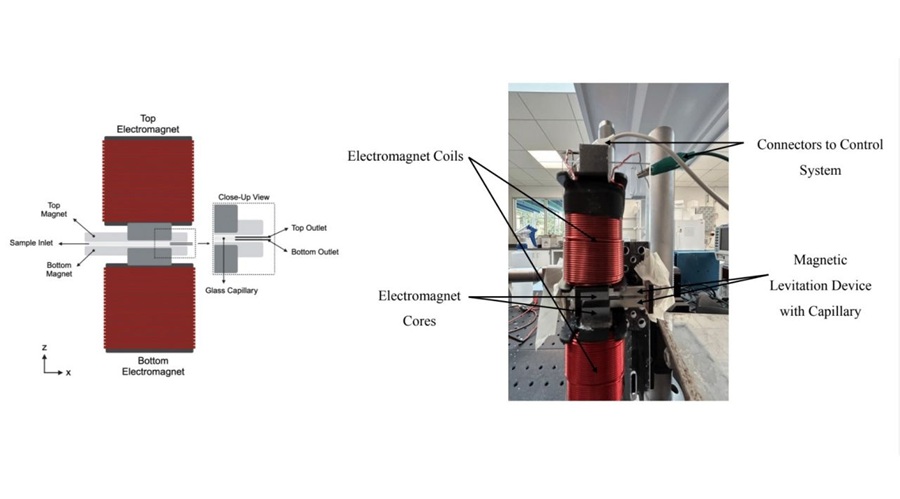New Noninvasive Methods Detect Lead Exposure Faster, Easier and More Accurately at POC
Posted on 30 Oct 2024
Exposure to lead can negatively affect health in multiple ways, leading to damage in the brain and central nervous system, delays in development and growth, learning and behavioral issues, problems with hearing and speech, reproductive health complications, kidney damage, high blood pressure, anemia, and more. The standard method for measuring lead exposure is through a blood test, which only reflects exposure from the past 30 days. If this test is conducted outside that timeframe—especially in children—clinicians may not receive results that accurately represent chronic cumulative exposure in the body. Additionally, measuring bone lead levels is crucial because lead, which mimics calcium upon entering the body, disrupts pathways to the brain and accumulates in the bone. However, older technologies used to assess bone lead exposure have several limitations, including their size, the need for specialized knowledge, reliance on rare elements, and slow processing times. Now, researchers have developed noninvasive methods that can detect lead exposure levels in both bone and blood more quickly, easily, and sensitively at the point of care compared to traditional techniques.
The innovative, patent-pending technology developed by researchers at Purdue University (West Lafayette, IN, USA) utilizes portable X-ray fluorescence (XRF) analyzers to measure lead exposure in bone and blood. This new approach with portable XRFs addresses the limitations associated with traditional bone testing. The XRF analyzer employs a straightforward ‘point-and-shoot’ process, and results are available on the analyzer's tablet within minutes. Training an individual to operate this system takes only about 30 minutes, enabling them to perform measurements that can identify community-level lead exposure. The next step for the research team involves securing support from health leaders to incorporate this technology into national cohort studies and routine surveillance, which could help establish national standards for cumulative lead exposure.

Additionally, researchers have developed a method for detecting lead levels in dried blood spots, which is a significant improvement over the traditional approach that requires venous blood draws sent to a laboratory for analysis. The new technique allows for lead detection using dried blood spots, which can be collected much more easily with just a finger prick, requiring only a small amount of capillary blood. As long as more than 10 microliters of blood is present on the dried spot, the test can provide an accurate lead measurement. Similar to the bone test technology, this innovation enhances accessibility for underserved communities and rural populations and offers better sensitivity than existing tests. Both advancements have potential applications for health officials globally. The research on these methods has been published in the September 2024 issue of Current Environmental Health Reports and the March 2021 issue of Environmental Science & Technology.
“It can be difficult to assess their lead exposure levels because it’s hard to get them to a centralized clinic, unlike in an urban environment where people visit a clinic often. By using a portable XRF analyzer, health officials can travel to a community, conduct testing, quickly receive results and move on to the next community,” said Aaron Specht, assistant professor in the School of Health Sciences, who has developed both the technologies. “Our new method detects lead using dried blood spots, which are much easier to collect; they require just a finger prick and only a very small volume of capillary blood. As long as there’s more than 10 microliters of blood on that dried blood spot, we will have an accurate measurement of lead.”














